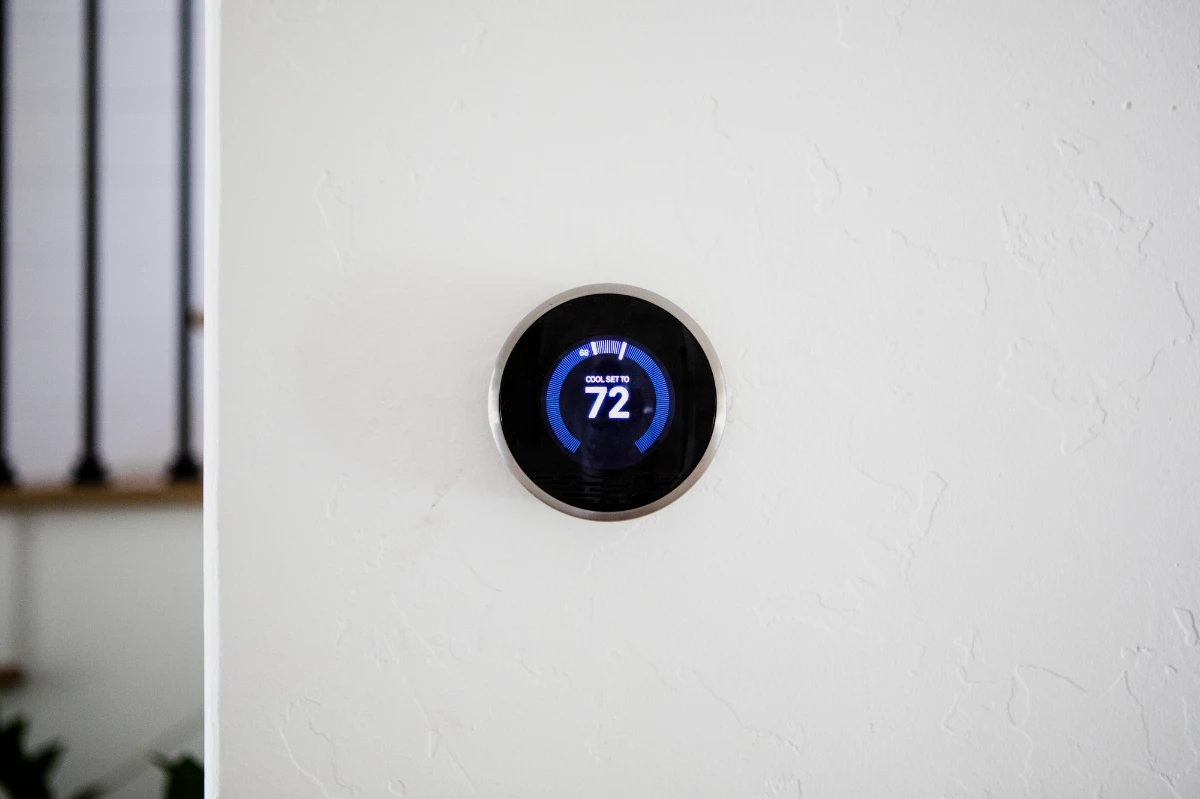Selecting the right thermostat for your heating and cooling system is crucial for achieving optimal comfort and energy efficiency in your home. With the advancement of technology, homeowners now have the option to choose between traditional thermostats and smart models. While both serve the same primary function—regulating the temperature—there are significant differences in their capabilities, convenience, and efficiency. In this blog, we’ll explore the benefits of smart thermostats versus traditional models and help you determine which one is the best choice for your home.
1. Energy Efficiency and Cost Savings
A primary advantage of smart thermostats is their ability to optimize energy usage, leading to significant cost savings. Smart thermostats can learn your habits and adjust your home’s temperature automatically based on your schedule, reducing energy waste when you’re not home. Traditional thermostats, on the other hand, require manual adjustments and do not have the same learning capabilities.
Solution: Upgrading to a smart thermostat can help you save money on energy bills by reducing the need for constant manual adjustments. By programming it to adjust temperatures when you’re away or sleeping, you’ll ensure that your HVAC system isn’t working harder than necessary.
2. Convenience and Remote Control
Smart thermostats allow you to control the temperature of your home from anywhere using your smartphone, tablet, or computer. Whether you’re at work, on vacation, or just lounging on the couch, you can adjust the temperature without ever getting up. Traditional thermostats lack this remote control functionality and require you to physically adjust the settings.
Solution: If convenience is important to you, a smart thermostat offers an unparalleled level of control. You can change the temperature with a tap on your phone, set different temperatures for different times of the day, or even adjust it while you’re away on vacation to ensure your home is comfortable when you return.
3. Programmability and Customization
While some traditional thermostats offer basic programming features, smart thermostats provide more advanced customization options. With a smart thermostat, you can set multiple schedules, adjust temperature preferences based on the time of day, or create different temperature zones for specific areas of your home.
Solution: A smart thermostat allows for more flexibility in how you manage your home’s temperature, ensuring it meets your exact needs. Whether you prefer a cooler temperature at night or warmer during the day, a smart thermostat can make these adjustments automatically.
4. Energy Usage Monitoring
One of the standout features of smart thermostats is their ability to monitor and track your home’s energy usage over time. Many models offer detailed reports that show how much energy you’re consuming, which can help you identify patterns and make adjustments to improve efficiency.
Solution: With a smart thermostat, you gain insight into your energy consumption, which can motivate you to take steps toward even more savings. For example, if your reports show energy spikes, you can adjust your settings or schedule to reduce consumption during peak hours.
5. Integration with Other Smart Devices
Smart thermostats can be integrated with other smart home devices, such as smart lights, security systems, or voice assistants like Amazon Alexa and Google Assistant. This integration allows you to create a more seamless and connected home experience. Traditional thermostats, however, are standalone devices that don’t offer this level of smart connectivity.
Solution: By upgrading to a smart thermostat, you can enhance your home’s smart ecosystem. For instance, you can set up your thermostat to adjust the temperature when you unlock your front door, or use voice commands to change settings without lifting a finger.
6. Improved Comfort and Air Quality
Some advanced smart thermostats come equipped with sensors that can detect the presence of people in different rooms. This feature ensures that your system is cooling or heating only the areas that need it. Additionally, smart thermostats can adjust the temperature to maintain a comfortable, consistent environment, improving the overall comfort of your home.
Solution: A smart thermostat doesn’t just save energy; it can enhance your comfort as well. By optimizing the temperature in real-time and ensuring consistent conditions, you’ll enjoy a more comfortable and balanced environment.
7. Installation and Setup
While smart thermostats offer numerous benefits, they may require a more complex installation process compared to traditional models. Depending on your existing HVAC system, a professional may be needed to install a smart thermostat. Traditional thermostats are typically easy to install and can be done by most homeowners themselves.
Solution: If you opt for a smart thermostat, be prepared for a slightly more involved installation process. However, the benefits far outweigh the setup time, and a professional technician can ensure that your thermostat is installed and set up correctly.
Conclusion
Choosing the right thermostat can make a significant difference in your home’s comfort and energy efficiency. While traditional thermostats are simpler and more affordable, smart thermostats provide a range of features that offer better control, greater energy savings, and enhanced convenience. If you’re looking for advanced features like remote access, energy usage monitoring, and seamless integration with other smart devices, upgrading to a smart thermostat is a wise investment.
Whether you choose a traditional model or opt for a smart thermostat, it’s important to ensure that your thermostat suits your lifestyle and needs. If you’re unsure about which option is best for your home, consult with a professional HVAC technician who can help guide you toward the perfect thermostat for your system and preferences.

